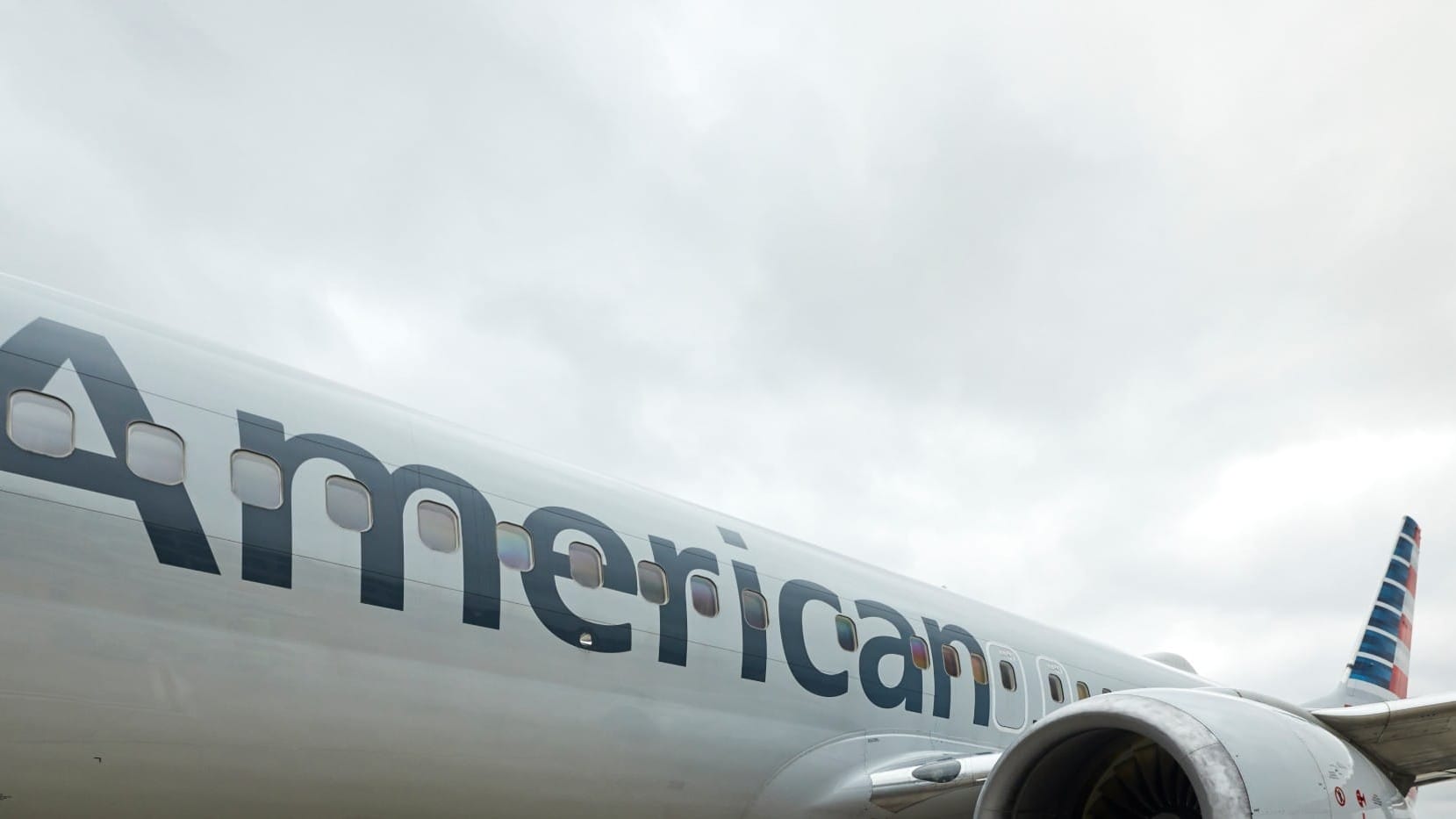American Airlines is preparing to open up a new transatlantic route, which is particularly interesting because they will do so using a new, smaller long-range aircraft.
The US carrier plans to use an Airbus A321neo, a narrow-body plane, which, with a 4,700-mile range, can fly further, more economically.
The new aircraft (which is longer but thinner) bridges the gap between narrow-body efficiency and long-haul range, making it possible to serve smaller European cities that previously required wide-body aircraft.
That's significant because it means airlines like American can operate economically on lower traffic routes, which means more choice and flexibility for passengers.
American Airlines noted that it will start operating commercial Airbus A321neo flights between New York and Los Angeles before rolling out internationally.
In September, American Airlines completed a round of pilot training (completing 42 flights between Philadelphia (PHL) and Edinburgh (EDI)) using the A321neo, before full operations using the aircraft get underway before the end of the year.
The rollout of Airbus A321neo is part of a wider trend toward “long and thin” routes, direct transatlantic connections that link secondary cities with lower passenger volumes but strong travel demand.
Skip to the end ...
What is the Airbus A321XLR and when will American Airlines start flying it?
The Airbus A321XLR is a long-range version of the A321neo, offering up to 4,700 nautical miles of range, and will enter American Airlines service from late 2025 with initial routes expanding into 2026.
Why is flying across the North Atlantic considered special for pilots?
Flying across the North Atlantic requires pilots to follow the North Atlantic Track system, communicate without radar using satellite or HF radio, and manage routes through remote regions with limited diversion airports.
Which routes will American Airlines operate first with the A321XLR?
American Airlines will first deploy the A321XLR on its New York–Los Angeles route before expanding to transatlantic services linking smaller U.S. and European cities.


